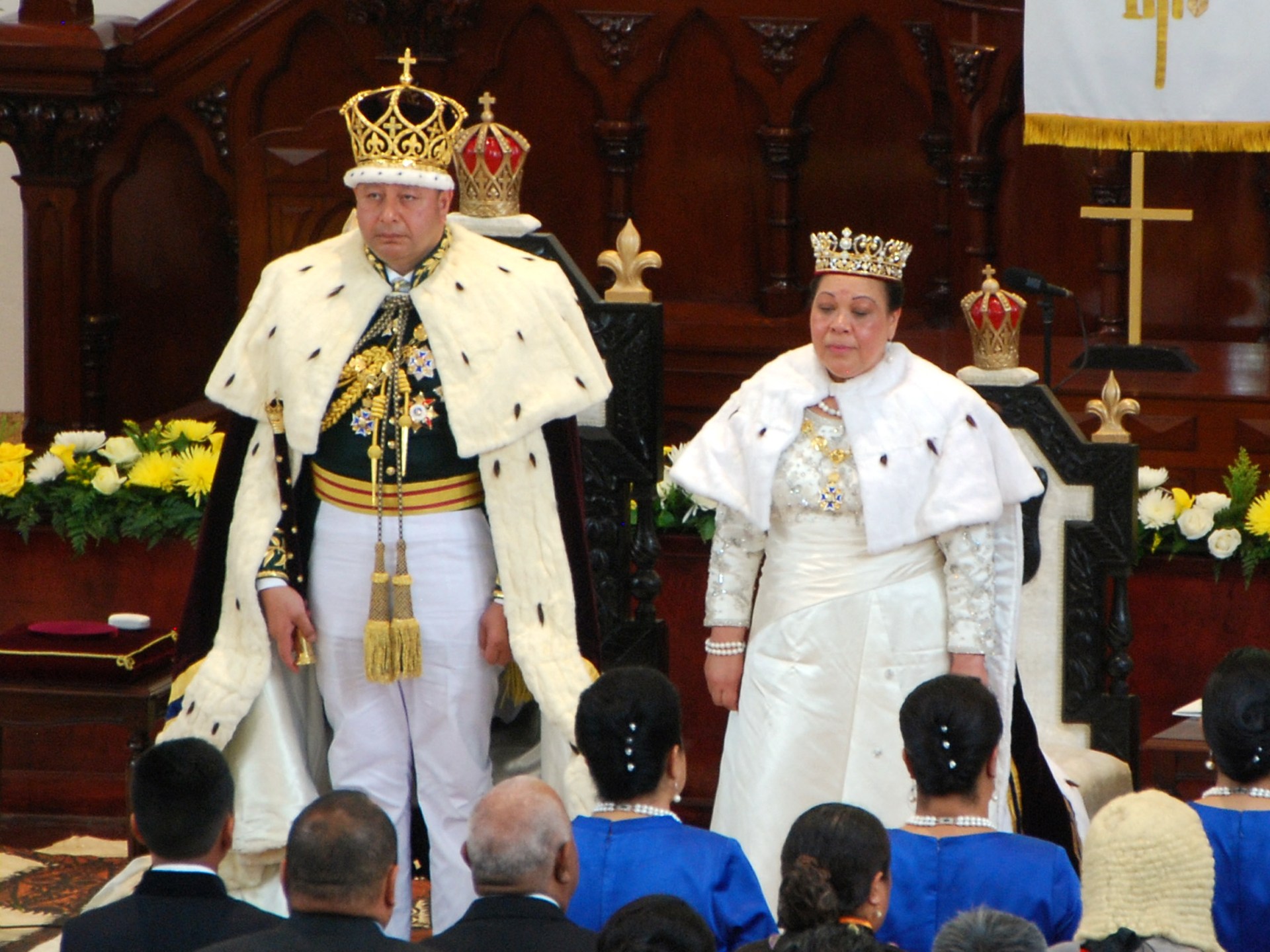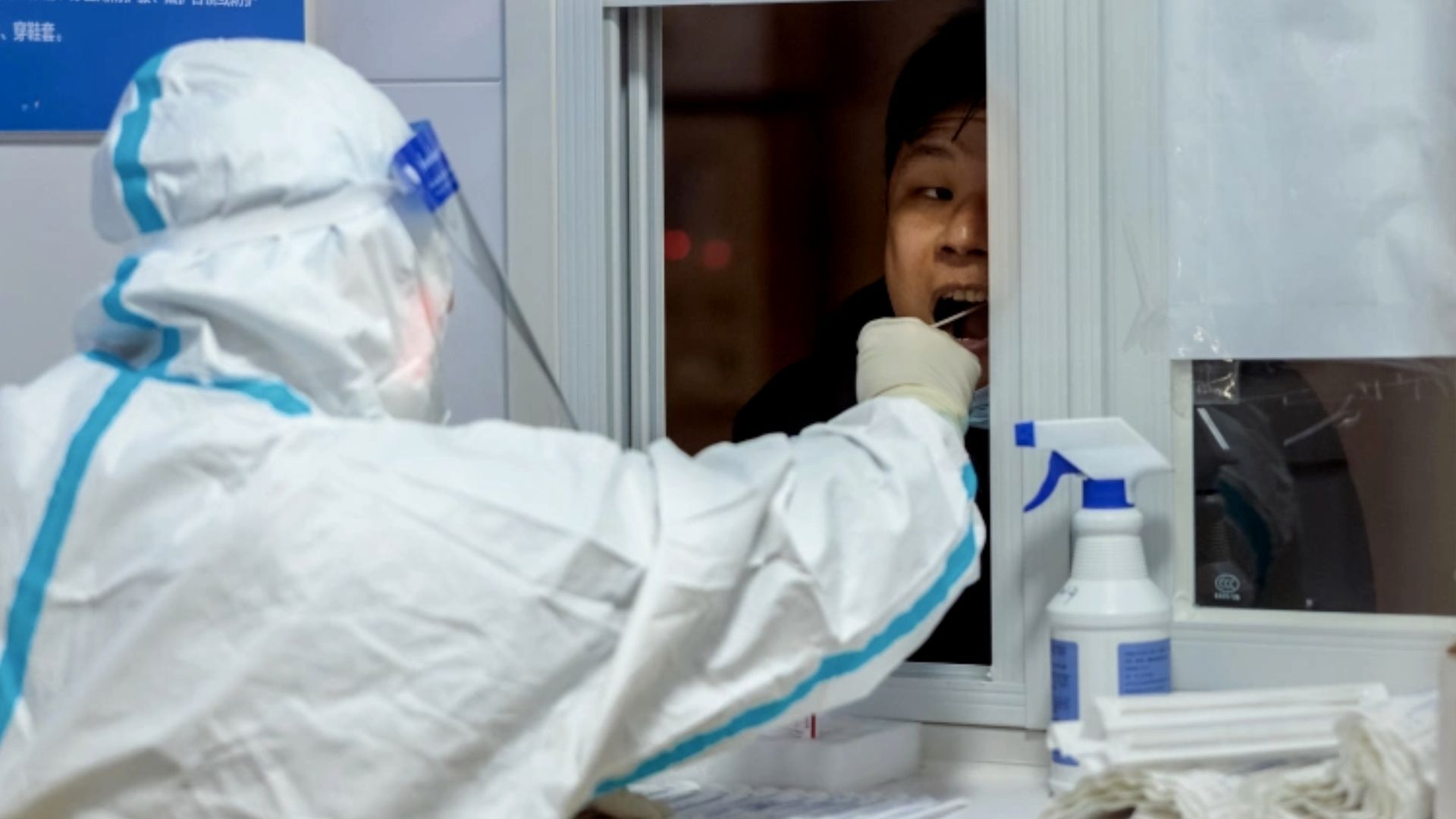Dior’s landmark Mumbai show signals India’s growing luxury status
With the historic Gateway of India monument acting as a backdrop, the French label presented its Pre-Fall 2023 collection to a star-studded crowd including Bollywood icons Rekha, Sonam Kapoor and Anushka Sharma, as well as model Cara Delevingne and actor Maisie Williams.
The location was a clear inspiration: The runway itself was adorned with marigold and diya lamps, and the clothes featured Madras check and Benarasi brocade fabrics, mirror work, tie dye detailing, Nehru collars and kurta tailoring.
Dior’s Pre-Fall collection walked on a balmy evening in Mumbai. Credit: Indranil Mukherjee/AFP/Getty Images
While a few major Western brands have hosted one-off shows in India — Pierre Cardin in 1967, Yves Saint Laurent in 1989 and Valentino in 2004 among them — Dior is the first to include the country in one of its regular seasonal schedules.
Indian shoppers have become a major force in the fashion industry, with the country’s levels of disposable income jumping by more than 24% between 2019 and 2022, according to Anul Sareen, senior research analyst at business intelligence firm Euromonitor.

Cara Delevingne attends the Christian Dior Womenswear Pre-Fall 2023 show at the Gateway of India monument. Credit: Courtesy Dior
“Luxury retailers (are) betting on the Indian market to maintain their growth, which is otherwise experiencing stagnation in Western markets and China,” he said over email. “Many retailers are looking to increase their operations in the country.”
A tribute to Indian crafts
Dior entered the Indian market in 2006 when it opened a boutique in New Delhi. And while it has only added one store in the country since, the brand’s ties with the country go far beyond commerce.

A campaign image taken at the Gateway of India monument in Mumbai. Credit: Courtesy Christian Dior Couture
On Wednesday, the atelier held a retrospective in Mumbai featuring 50 hand-embroidered pieces it has produced for the label since Chiuri took the helm in 2016.
Dior has also turned to Chanakaya School of Craft, a non-profit institute run by Chankaya International and staffed by communities of female textile workers, for various runway backdrops. Among them were a collection of 22 mammoth tapestries, created in collaboration with Indian artists Madhvi and Manu Parekh, that Dior commissioned for its Haute Couture Spring-Summer 2022 show.
“It is very important to celebrate the creativity of the artisans and the culture of India, while giving them a contemporary flavor,” Chiuri said at a press conference ahead of Thursday’s show. “This collection is a result of all the efforts we have put into bringing this language to life.”
Fashion insiders, like leading stylist and former Vogue India fashion director Anaita Shroff Adajania, saw the event as a long-overdue acknowledgment for Indian ateliers. “I see this show as a thank you to India,” she said.

Textile workers from Chanakya International’s Mumbai-based atelier. Credit: Courtesy Hashim Badani/ Chanakya Atelier Images
Ahead of the presentation, Mayank Kaul, a celebrated textile designer and curator, called it “an historic moment.”
“This kind of acknowledgment that the Indian makers behind an international fashion house’s products are being given has not been seen, in my view, before,” he added.
Hidden role
“A garment, during the process of its making, spends more time in India than it does in Europe because of textile production and surface ornamentation,” he added.

The collection featured looks in bold, vibrant colors — pinks, purples, rich blues and chartreuse yellows. Credit: Indranil Mukherjee/AFP/Getty Images
But Indian-produced fabrics will often go on to be assembled — and are therefore labeled as being “made” — in Europe.
According to Adajania, this leaves many Indian ateliers feeling unable to take credit for their role.
“I have many friends who run embroidery houses that work closely with luxury houses, but the brands ensure that they don’t talk about it,” she said. “Industry insiders have always known about India’s contribution but not the consumers.”
For Karishma Swali, artistic director of Chanakya International and Chanakya School of Craft, seeing her atelier’s creations on a runway in India was a major milestone.
“For years, we’ve brought parts of Mumbai to Paris,” she said. “The fact that Paris is coming to Mumbai means the world to all of us.”




